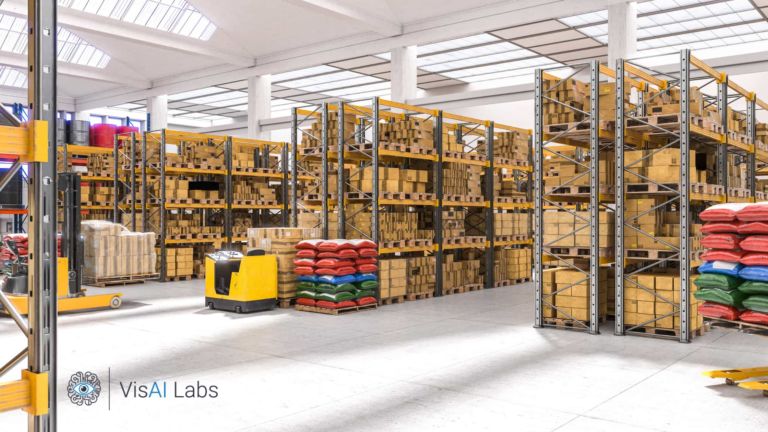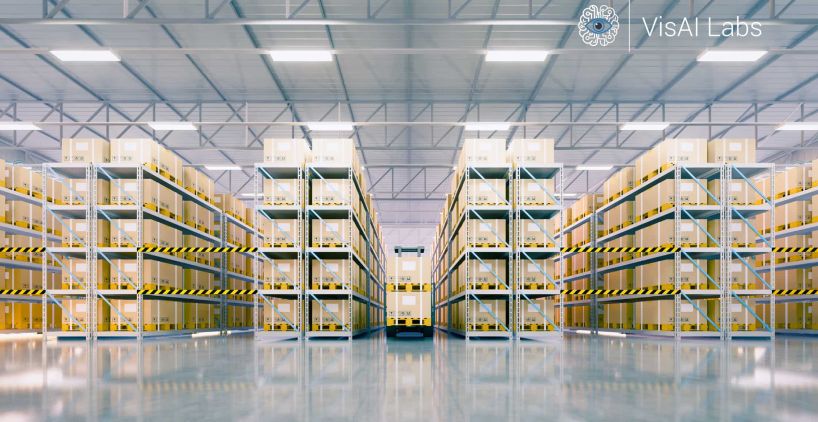Summary
As the eCommerce market expands, many warehouse owners struggle to finish last-mile deliveries as fast as possible. However, there is a complication during order delivery due to the high number of internet order orders.
Businesses must incorporate technology in their warehouses and fulfillment centers to efficiently streamline last-mile delivery.
With ten convincing explanations, this blog post discusses why warehouse automation is gaining momentum among business proprietors.
Written for:
- Warehouse Automation Manager:
Incorporating and managing security activities and ensuring efficient and secure warehouse equipment utilization.
- Operations Specialist:
Responsible for effectively analyzing the daily operations, managing systems, and optimizing day-to-day warehouse tasks.
- Business Strategist:
Sets an organizational benchmark for meeting yearly milestones and monitors the staff. Also, creates structural and cost-cutting strategies for the organization’s development.
Introduction
The growth of eCommerce is accelerating automation in the warehouse and logistics industries. Almost all verticals had no idea how bad the situation could get after the pandemic lockout was declared. Several workstations were forcibly shut down for a prolonged period of time, resulting in a substantial loss. To combat the deficit, businesses must restructure their workspaces by increasingly integrating warehouse technology into workstations.
The digital warehouses are becoming more famous - A brief overview
Imagine a scenario in which intelligent robots execute various warehouse tasks such as picking, slotting, cartonization, and transferring pallets and packages from one place to another inside the warehouse floor. Do you have any guesses as to how long it will take to automate the warehouse completely? Perhaps in 2030? No, it’s today’s automated warehouse. According to a new survey, more than 13% of warehouses have started accomplishing automated warehouse solutions to the workstation as of 2017, and this number is expected to grow by up to 15 times in the coming years.
Warehouse automation is not a new concept. Why is it so popular right now?
Warehouse automation is gaining traction because of increasing costs and operational pressures caused by expanded customer demands.
The following are the three key reasons why automation has recently become popular:
1. Increasing property and labor costs
when a company decides to enlarge, it either hires additional warehouse workers or expects to purchase more space. The implementation of automation becomes more attractive as the valuation of land grows year after year. We can minimize labor benefits like work breaks, paid days off, seasonal labor spikes, overtime changes, and health care by applying warehouse automation. Additionally, we smartly run round-a-clock with minimal maintenance by effectively applying warehouse automation.
2. Increased customer expectations
As the eCommerce industries are rising steadily, shoppers began to demand urgent assistance when they need it. To upsurge the business, we need to provide consumers a personalized shopping experience and same-day and one-day shipping options. Besides, we can address other customer expectations such as security, detailed product details with validated customer feedback, the opportunity to generate a range of personalized deals depending on the order, and round-the-clock customer support.
3. More regular and complex order requests
Post covid, almost all the eCommerce industries are facing colossal order request waves. To manage the last-mile delivery, the warehouse should standardize the workflow. Businesses must successfully incorporate warehouse automation into their workspace to achieve workflow regularization.
Latest Trends of warehouse solutions that drive moe profitability

We can address insufficient labor shortages, warehouse storage space, and inventory operations by introducing warehouse automation. According to the recent survey, the internet-centered retail purchase of physical products is anticipated to approach $500 billion uplifting warehouse service demands.
Below are a few warehouse automation solutions that empower the modern warehouse:
Automated dimensioning solutions:
The AI-based automated dimensioning solutions help measure dimensional details such as length, breadth, height, width, and dimensional (DIM) weight of various size products quickly. This automated dimensioning solution comes in two types: parcel dimensioner and pallet dimensioner. This dimensioning technology is built to effectively support warehouse, logistics, 3PL, distribution, and order fulfillment centers. With these automated dimensioning systems, we can integrate other devices such as label printers, barcode scanners, and weighing scales to perform multiple warehouse operations in one go.
Autonomous robots:
he new estimates forecast that the pace of investments in warehouse robotics has heightened by 57 percent in the first quarter of 2020, and this development will continue to see traction in a post-pandemic. The autonomous robots use sensor technologies to conduct different warehouse operations, including transferring items in warehouse environments from one location to another, lifting heavy-weighted objects, and effective sorting.
Warehouse drones:
The AI-powered drones in the warehouse are built with advanced algorithms that perform several warehouse activities such as surveillance, roof, and floor detection, moving small objects from one place to another, and inventory management.
Top Ten compelling reasons to automate your warehouse now!
An unorganized warehouse paves the way to negative customer experience. With the automated warehouse, we can promptly perform several warehouse tasks in an estimated timeframe.
Below listicles are the top ten reasons why warehouse automation is on the rise:
1. Reduced human errors:
It is impossible to knock out a human error. However, with the right automation, we can reduce human error. The critical goal of warehouse automation is to automate 75% of the warehouse operation, leaving the remainder for warehouse employees to perform value-added functions.
2. Improve warehouse performance and analysis:
To maximize warehouse quality, you must first involve a comprehensive analysis of the areas that need attention. To do so, you’ll need first to build a benchmark to see how the warehouse’s operations and practices compare to others. By incorporating the required automation, you can maximize the productivity of your warehouse.
3. Outstanding quality management:
Strong quality can make a huge difference! By integrating quality management into your warehouse, you can lessen the number of defective goods in our warehouse and detect accuracy concerns before they hit the customer.
4. Enhanced information security:
Security plays a massive role in the warehouse. Risk-related everything should be aligned properly. We can polish up information security by deploying warehouse solutions, not relying on manual data entry processes, improving frequent communication, utilizing remote technology, and regularly testing warehouse equipment, among other things.
5. Reduced shipping costs:
With the appropriate warehouse automation like an automated dimensioning system, we can make a significant difference in the warehouses’ efficiency, operation, resulting in the reduced shipping cost.
6. Expanded accuracy in order fulfillment:
eCommerce is getting more orders, and to be the winners, the businesses should strive hard to ship and deliver products rapidly. The warehouse and distribution centers should invest in the right automation to streamline seamless order fulfillment in their working environment.
7. Enhanced warehouse throughput:
Warehouse throughput refers to the method of sorting and transferring a large number of units through your warehouse or during stocking, inventory, or order fulfillment. By implementing a suitable warehouse solution, we can efficiently increase warehouse throughput.
8. Reduced storage and handling costs:
Dealing with a vast amount of materials can be costly. To stop this, we can follow a set of critical preparation approaches such as maximizing storage capacity, reducing contact time, engaging in emerging technology, and optimizing warehouse productivity.
9. Decreased stockout events:
A stockout is a positive indicator that a commodity is doing well in the marketplace. Although, if you look at it from the other perspective, you’ll find that it inevitably loses revenue. You can set a re-ordering threshold that works for you, predict demand, and automate the inventory process to prevent running out of stock.
10. Increased customer satisfaction:
Your warehouse efficiency is a secret tool for rising consumer loyalty and earnings. No other aspect of the company would match the warehouses’ effects on reaching consumers, lowering product costs, and raising quality levels; this means that good warehouse and inventory management benefits both your customers and your organization.
Conclusion
The global warehouse automation industry expanded by more than 40% in 2020, reaching revenues of more than USD 12.5 billion. There are no off-the-shelf solutions in warehouse automation; instead, each system is tailored to each client’s specific requirements. As a result, warehouse automation would become the latest standard in the coming years.
vMeasure – An AI-based automated dimensioning system
vMeasure automated dimensioning solution built from scratch to replace the conventional dimensioning method. These automated dimensioners effectively calibrate the dimensional data like length, breadth, height, and width of various shape products in less than two seconds. Besides, we can sync-up other types of equipment like weighing scales, barcode scanners, label printers, and WMS and ERP software.




